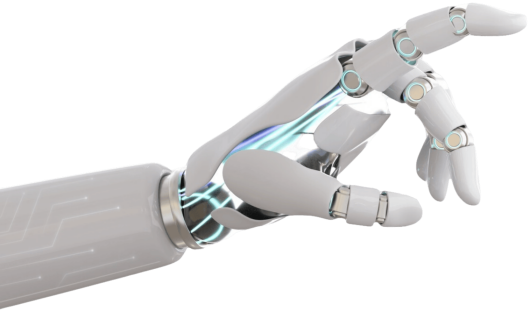
Pruning Techniques can greatly reduce the number of parameters and the computational load related to convolutional neural networks, which makes them suitable for edge industrial control systems with limited resources. However, they face the problem that the detection accuracy will be greatly reduced after pruning. Given the above, this paper proposes filter pruning via a technique called hybrid-order difference, which is based on Poisson distribution. According to this technique, some filters in each convolutional layer are removed, thus the number of parameters of the employed classifiers is highly reduced. The first-order and second-order difference for the L1-norm of filter parameters are calculated, they are given weights and they are converted into activity indices through the Min-Max function. The proposed method can fully explore the relationship between the weights and avoid the problem of threshold selection in pruning. Experiments were carried out on the LeNet-5, VGG16, ResNet18 and ResNet50 convolutional neural networks based on the 2019 Distributed Denial of Service dataset (the DDoS dataset) of the Canadian Institute for Cybersecurity, the 2014 experimental dataset of the Mississippi State University related to a natural gas pipeline (the gas dataset), and the dataset for an oil depot (the oil dataset). The results showed that the proposed method can effectively prune the employed intrusion detection classifiers, such as removing 83.74% of the Floating Point Operations (FLOPs) for VGG16 with only a 0.10% reduction of accuracy. As such, it greatly alleviates the load pressure generated by the above-mentioned classifiers in the context of edge industrial control systems.
Neural network pruning, Poisson distribution, Hybrid-order difference, Edge industrial control system, Intrusion detection.
Xue-Jun LIU, Hao WANG, Hai-Ying LUAN, Yong YAN, Yun SHA, "Industrial Intrusion Detection Classifier Pruning via Hybrid-order Difference of Weights Based on Poisson Distribution", Studies in Informatics and Control, ISSN 1220-1766, vol. 31(2), pp. 5-14, 2022. https://doi.org/10.24846/v31i2y202201